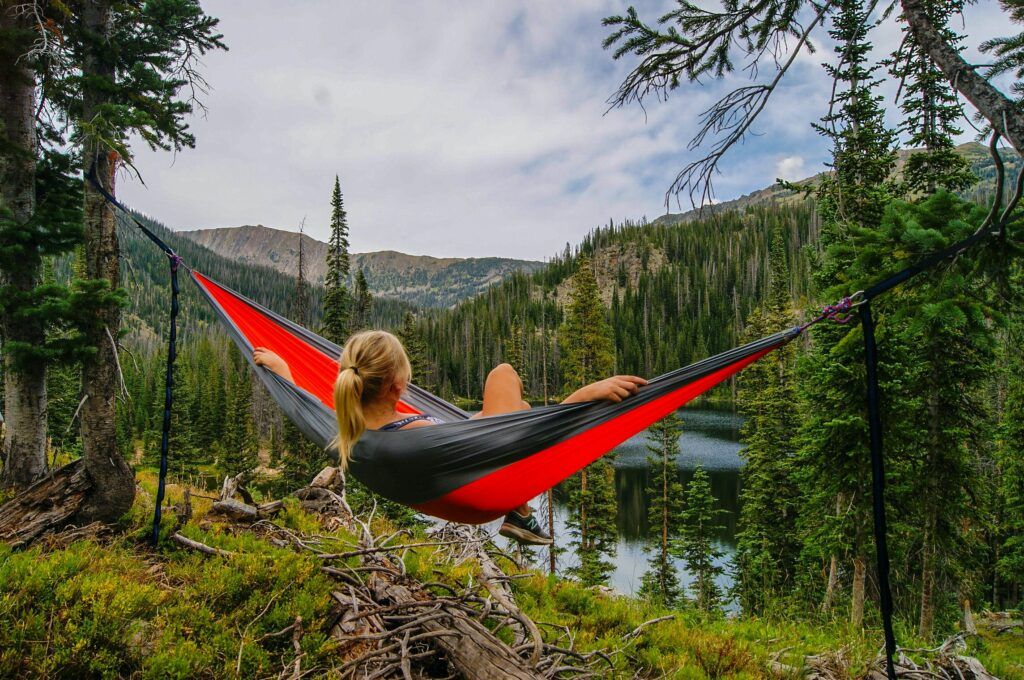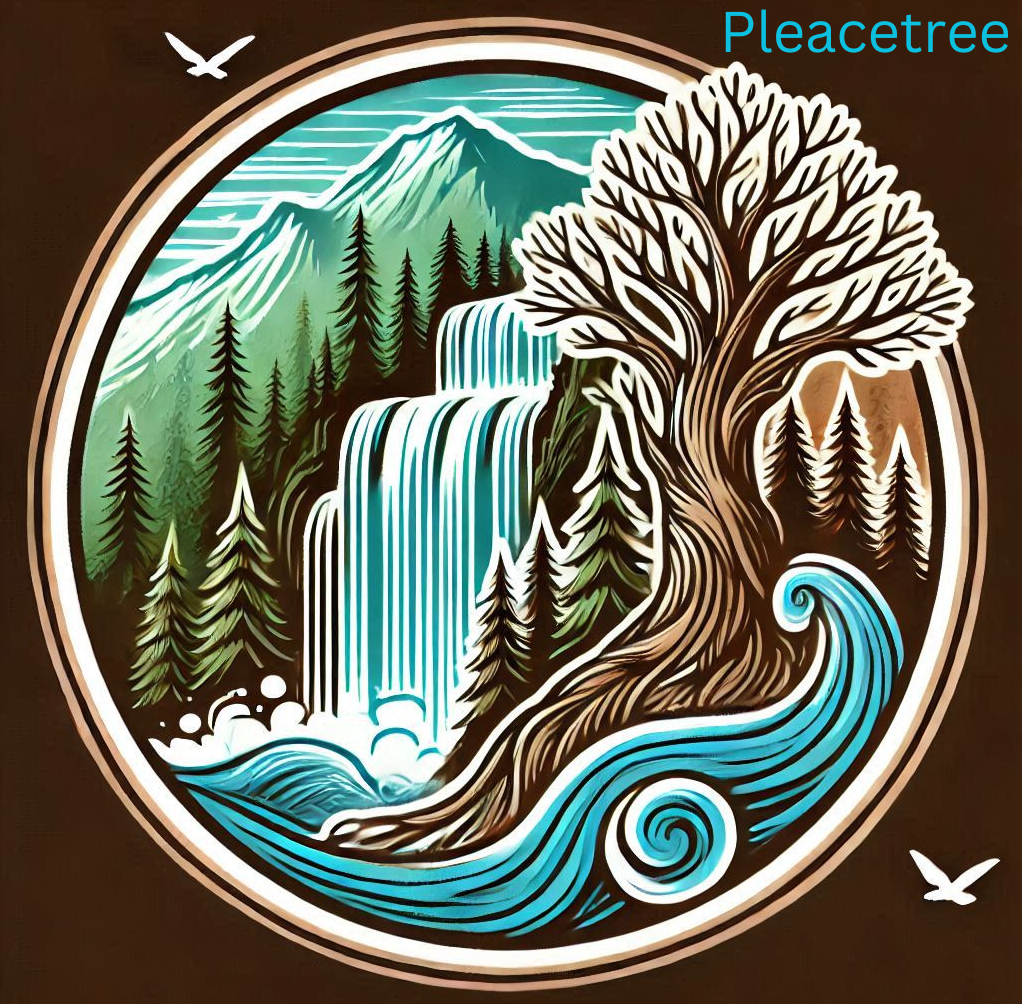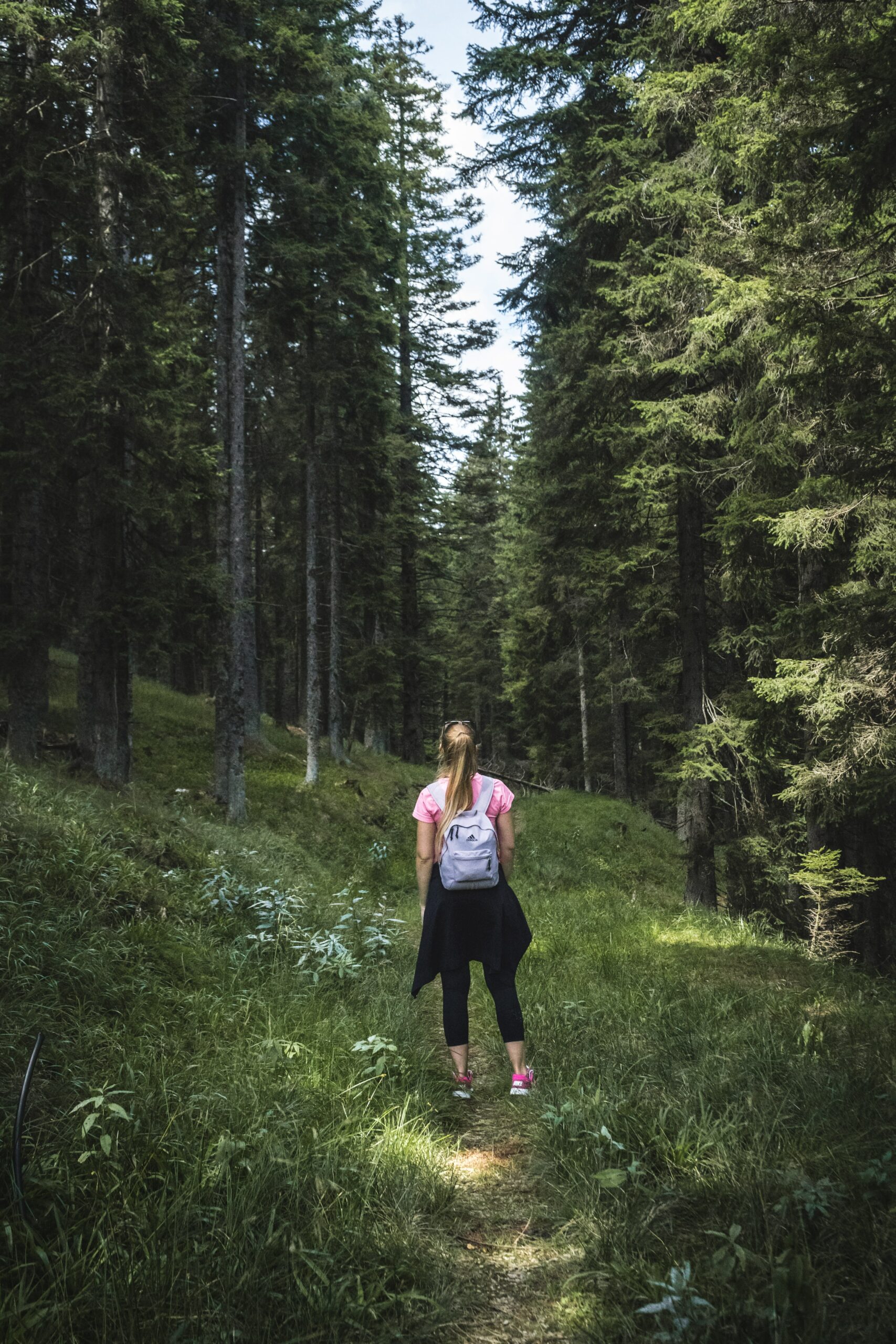
The best way to immerse yourself with your trees is first to make sure that your trees are healthy. A strong healthy tree depending, on species can live decades or even centuries. To properly care for your tree it is wise to have a professional arborist evaluate them.
Plant Health care is extremely important to your landscape:
There are several different ways to care for your trees. A plant is considered healthy when it is free from disorders and pests and when it has sufficient ability to resist stress. First step to ensure a tress health is to contact a knowledgeable reputable certified arborist to evaluate your property. He or she will do a walk through your property to determine what trees may need assistance. Having your tree’s properly trimmed is step number one. This will mitigate any dead, broken or damaged branches from falling off in the wind or a storm.
Another way to make sure your trees are healthy is to make sure the trunk, leads, limbs, and branches are free from open cankers (holes) so that water does not build up. If water builds up in those cankers that can create rot; rot can promote frost heaving that can eventually lead to cracking, splitting or failure.
Monitoring is the process of observing, identifying, recording, and analyzing what happens with plants in a landscape. Most trees produce allelochemicals such as tanins, phenols, and other compounds that have toxic or deterring effects on certain herbivores and pathogens. Chronically stressed trees are more likely to succumb to drought, defoliation, borers, bark beetles or certain beetles.
It is the job of an arborist to determine if the trees of your property are healthy. This would require the tress get an adequate amounts of sun. Another way to keep them healthy is to keep their soil from being compacted. This could happen as a result of heavy equipment, cars, human traffic or construction operations. Trees sustain best when they are planted in a suitable location, and not in a wet area, or too close to buildings or houses.
Benefits of trees
Trees provide many benefits both directly and indirectly. This includes environmental improvements, aesthetic enhancements, economic savings, and social health and well being benefits. Trees improve air quality, sequester carbon, conserve energy, yet reduce erosion. Through photosynthesis trees collect and filter airborne particles where these pollutants get held on there leaves. Trees shade the ground, reduce temperatures, and provides transpiration through the leaves for cooling the air.
They provide food and shelter for nearly all wildlife. Trees provide all living creation with the oxygen we breathe. We also benefit the trees with CO2 in return. As trees grow they take up carbon from co2 in the atmosphere and store it in the form of wood with other carbon based tissues. This is called carbon sequestration, and it can be an effective means of reducing excess carbon in the atmosphere.
The economic value of trees include reducing cooling expenses and increasing property values. Properly planted trees can significantly reduce heating and cooling costs. Well planted trees can serve as wind breaks, which can help in cold winter climates. Trees provide shade to protect pavement and other hardscapes from the damaging effects of the sun. People are more drawn to places that have trees. Almost anyone can attest to the benefit of being in the shade of a tree on a hot summer day. Hospital recovery times are lower if trees are visible to patients as well.
A family focus on tree’s:
For my family trees are are life. We live in the middle of a dense hardwood forest. In the winter we use all sorts of different hardwood species cut up and split into firewood to heat our home. The trees provide us with specialized Y branches that we use to set up various types of tree swings, saucers, hammocks and rope ladders for climbing, playing and lounging throughout our property.
I have built my children a tree house which they have enjoyed for many years that is nestled in a Black Cherry (Prunus serotina) and Sugar Maple (Acer saccharum) tree. Going out of one side of the tree house there is a small deck that leads to zip line with a T bar for cruising down through the forest in style. On the one side of the zip line is an American ninja warrior slack line coarse where we all can perform physical, muscular strength and endurance workouts. The tree house also has a slide for a quick, fast, yet fun exit.
Planting an Orchard:
In the northeast fruit trees’s grow in abundance. It is very hard to determine what is my favorite fruit tree, but I know I love apples. My favorite apple of them all is the EMPIRE (Malus x domestica ‘Empire‘)apple which is endemic to our area.
In North America deep red apples have always been popular, and Empire is a typical example of this style of apple. The color is an intense marroon-red, overlying a light green background, and for children in particular it shouts our “eat me”.
Empire was developed at Cornell University in New York state, USA in the 1940s, and its parents are classic old North American varieties. These are both shiny red apples. It is an ideal lunch-box apple, not least because it does not bruise easily.
Empire is a sweet apple with a crisp texture and bright white flesh. Although Empire can be stored for a short period, it is best when eaten straight from the tree. It has the characteristic and unusual McIntosh flavor, often described in apple textbooks as “vinous”.
The other two apples that I won’t go into as much detail about are the honey crisp and Cortland apples.
Another fruit tree that grows well here is the cherry tree or The Sweet Cherry (prunus avium.) These tree’s are deciduous in nature, with their deep and beautiful green leaves developing during the spring months. By fall, the same leaves take bronze and golden hue. The Sweet cherry tree is known to bloom early during the spring months with their exceptionally fragrant, white flowers. They tend to bloom in tiny clusters with long branches, making way for beautiful clumps of bright, sweet cherries.
Next is the plum tree (Prunus salicina) While there are tons of varieties of Plum Trees, they are typically categorized into three groups: European, Japanese and American hybrids. Hardy European Plums grow well across the U.S., while Japanese Plums thrive in warmer areas. American Plums tend to be the most cold-hardy.
Peach trees are also amunst some of my favorite fruit trees. The Elberta Peach (prunus persica ‘Elberta’) is the original Georgia peach. Over the years it has become the most planted variety of a peach tree in the United States.

